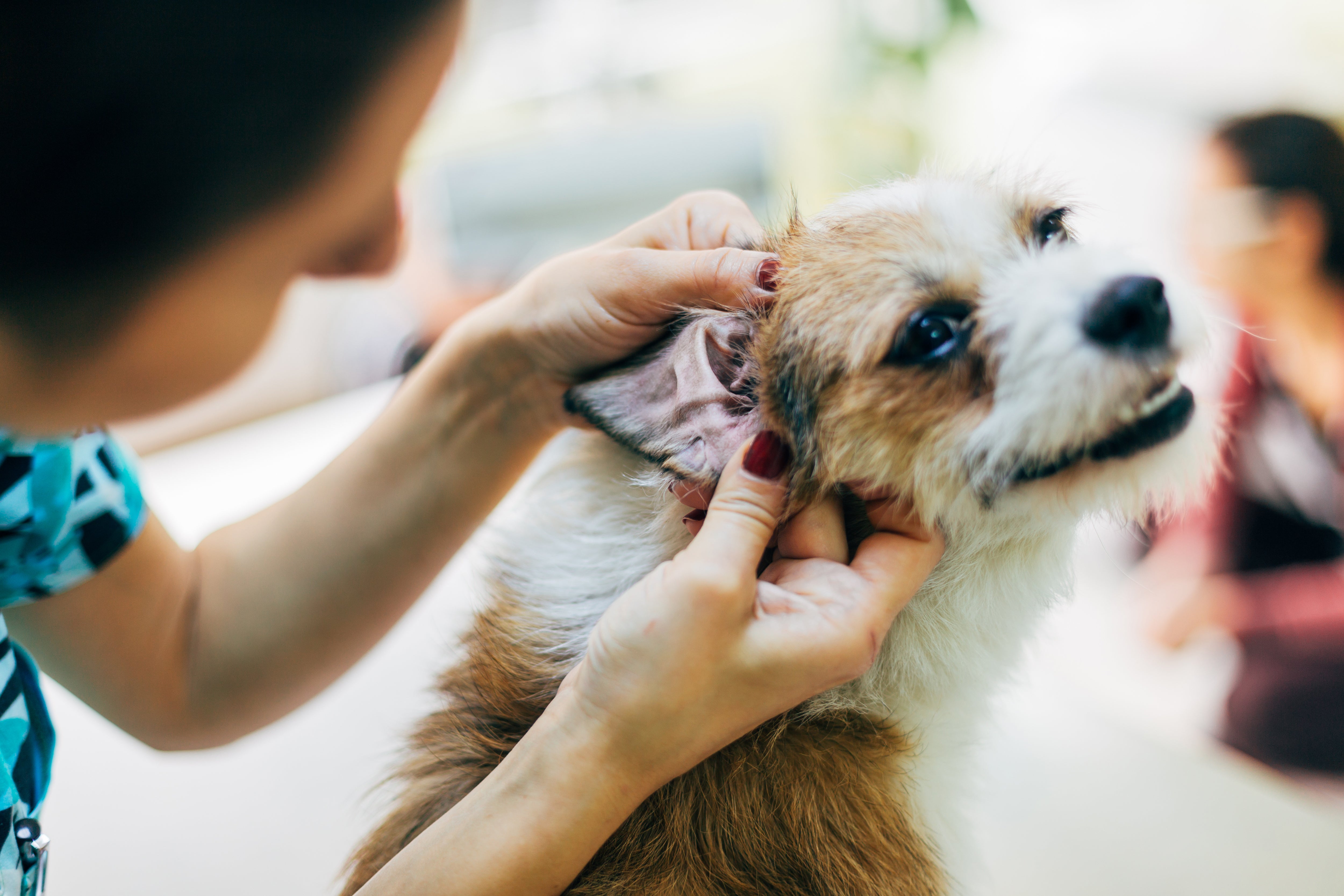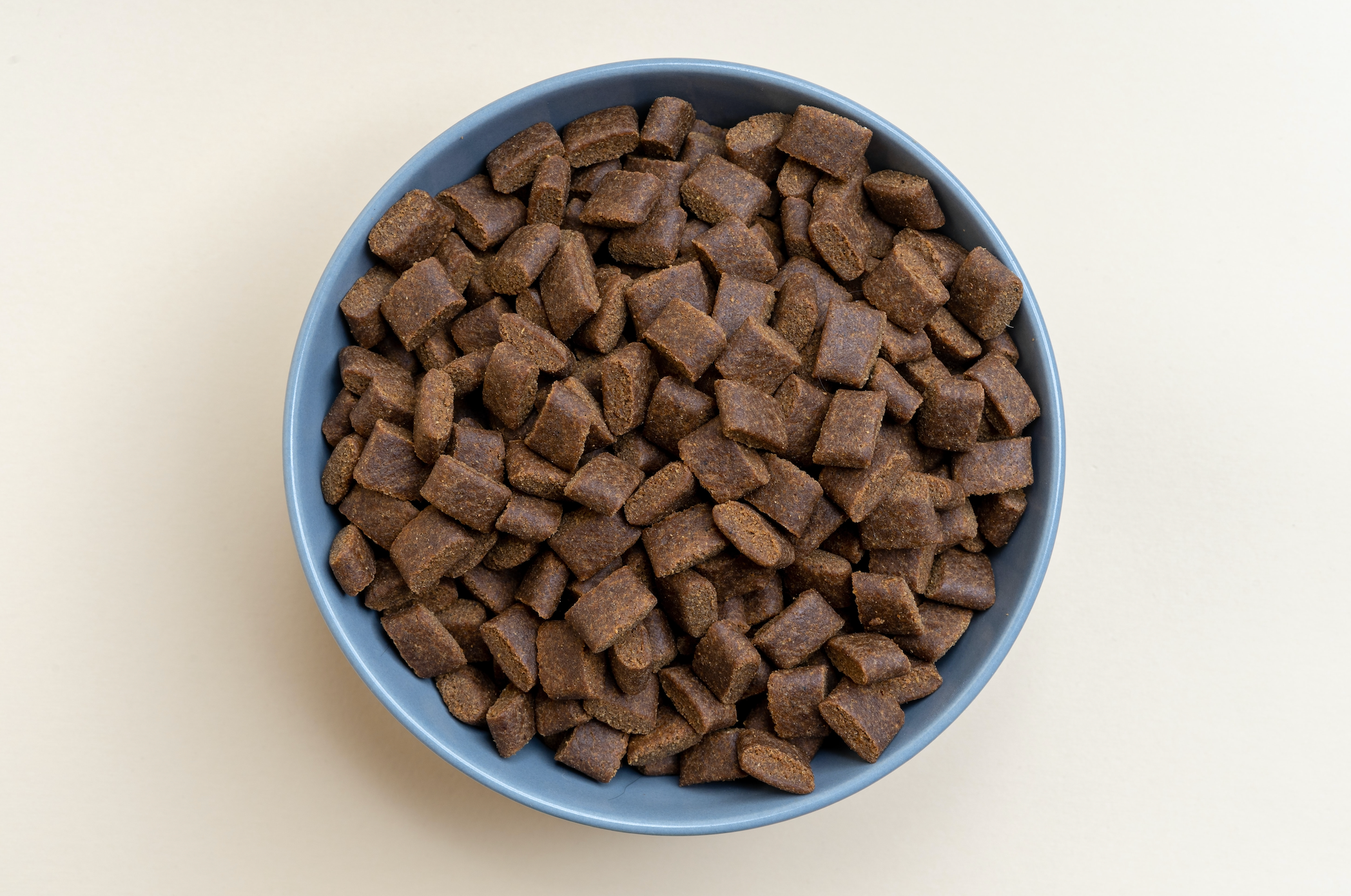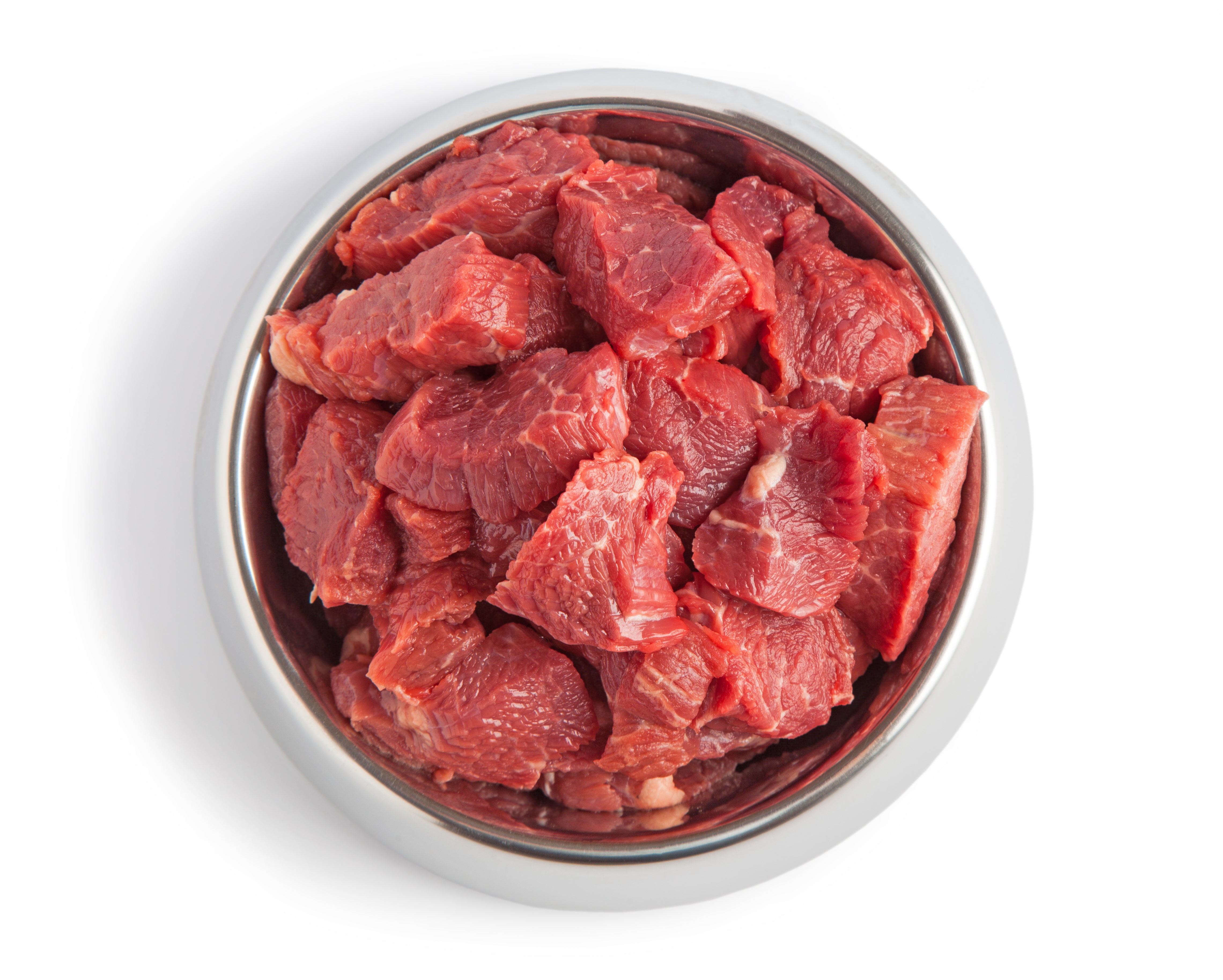Transitioning Your Dog to a New Food

Food Transition: Stress or Joy?
When speaking of your dog's gut microbiome, the purpose of a diet transition is to stop excess yeast overgrowth by cutting them off from their main food source: anything your dog's stomach turns to sugar.
Yeast cells love sugar, and would therefore have you shopping at the corner store for kibble and carb-heavy treats, which are right up their alley.
Transitioning to a food with the proper nutrients for sustained health, (and not for a yeast feast) can be quite a stressful time for you and pup if done incorrectly. Think stomach pains and ruined rugs.
But when done slowly and correctly, the diet transition can be simple, painless, and even something your dog looks forward to.
Here's how to go about making the switch:

What to Expect
Your dog may be picky, not readily accepting the new food. In this case, offer it as a stress-free treat throughout the day to get him used to new textures and tastes.
Your dog might also get diarrhea. Drop the percentage of new food a bit, and increase new-food introduction at a slower rate moving forward.
Pay attention to stool and make sure it doesn’t change dramatically one day to the next (i.e. bricks 🧱 to water🚰) - it should be a slow and gradual transition.
Pro Tip
We know puppy dog eyes make this so hard, but table scraps and treats (other than those recommended to you by our nutritionists) are off the table for now. Adding carb- or sugar-heavy treats during this process can negate any effectiveness of making the food transition. Keep it extremely clean for now, and your dog's gut will sing.



